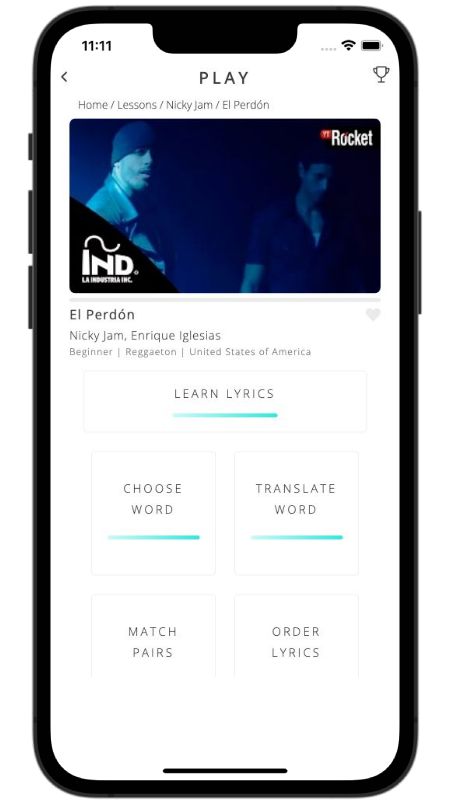Chica Biónica Lyrics in English Tan Bionica
Below, I translated the lyrics of the song Chica Biónica by Tan Bionica from Spanish to English.
I survived, my bionic girlfriend
She powders her nose on tough everyday afternoons
The capital sings, the radio announces two
And the city goes picking up my pieces
The night warns that it's approaching in elegance
Pack your things that we have to go out
She wants that they leave her in peace
So that she can touch herself
And electronic music
Her night never ends
And electronic music
She's looking for some way to escape
Uhh uhh
She dances nonstop
She spreads love, delirium, insomnia and anxiety
And when she wants she hypnotizes you
She just screams
She always gets what she wants and nonstop
She doesn't know about my convictions
The night warns that it's approaching in elegance
Pack your things that we have to go out
She dreams that they leave her in peace
So that she can touch herself
And electronic music
Her night never ends
And electronic music
It makes her so bionic
Uhh uhh
And don't bring me near danger
Don't leave again
I'm already tired of losing
She wants that they leave her in peace
So that she can touch herself
And electronic music
Her night never ends
She blew like a hurricane
She's looking for some way to escape
Uhh uhh
She dreams that they leave her in peace
So that she can lie down
And electronic music
She blew like a hurricane
And electronic music
It makes her so bionic
And dancing like crazy she gets her antidote to kill
Did you like these lyrics?
Did you know?
In addition to reading lyric translations, you can now learn Spanish with music and lyrics from your favorite artists.
No more boring lessons. You can now learn with engaging and culturally relevant lyrics from the best artists.
Apple and App Store are trademarks of Apple Inc.
Google Play and the Google Play logo are trademarks of Google LLC.











